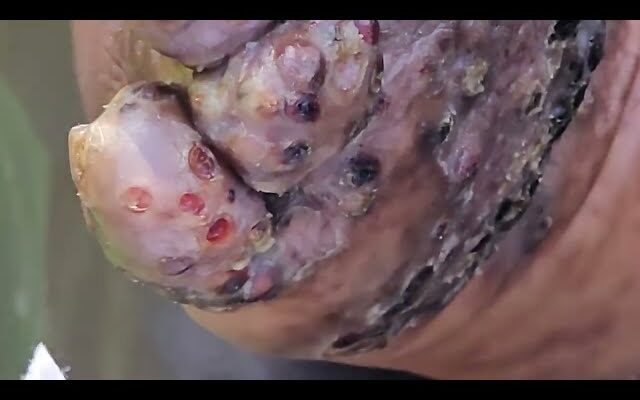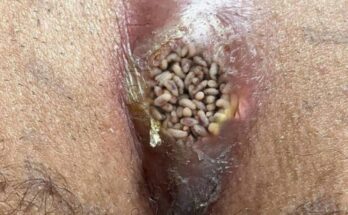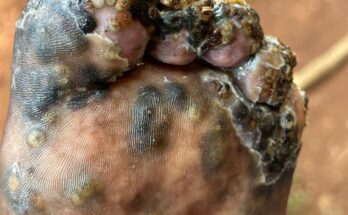The Way to Treat Jigger Digging: Safe Removal and Healing
Jigger infestation, caused by the parasitic flea Tunga penetrans, is a painful condition that affects thousands in tropical regions, especially in rural Kenya. These fleas burrow into the skin—most often on the feet—causing inflammation, itching, and severe discomfort. Effective treatment requires careful hygiene, safe removal techniques, and proper aftercare.
🦶 Understanding Jigger Infestation
Jiggers burrow into the skin to lay eggs, creating painful lesions. If untreated, they can lead to:
- Intense itching and swelling
- Open sores and secondary infections
- Difficulty walking or using hands
- Risk of tetanus or gangrene
Early detection is key. Symptoms include red bumps, persistent itching, and visible black dots (the flea’s abdomen).
🧼 Step 1: Clean the Affected Area
Before removal, wash the area thoroughly with soap and warm water. This reduces the risk of infection and softens the skin for easier extraction.
🛠️ Step 2: Manual Extraction
Manual removal is the most common and effective method:
- Sterilize tools: Use clean tweezers or a needle disinfected with alcohol.
- Pierce gently: Carefully pierce the skin above the jigger’s burrow.
- Extract slowly: Pull out the entire flea without breaking it.
- Disinfect: Clean the wound with antiseptic to prevent infection.
- Bandage: Cover with a sterile dressing until healed.
This process should be done by trained personnel or under supervision to avoid complications.
🌿 Alternative Remedies
Some communities use herbal treatments like neem oil or coconut oil to soothe inflammation and repel fleas. While not a substitute for extraction, these remedies can support healing and prevention.
🩺 Step 3: Aftercare and Monitoring
Post-removal care is crucial:
- Keep the area clean and dry
- Change bandages regularly
- Watch for signs of infection (pus, increased pain, fever)
- Seek medical help if symptoms worsen
In severe cases, antibiotics may be prescribed to treat secondary infections.
👟 Step 4: Prevention Strategies
Preventing jigger infestation is as important as treating it:
- Wear closed shoes to avoid contact with flea-infested soil
- Improve housing with cement floors instead of dirt
- Maintain hygiene through regular washing and clean bedding
- Control animal carriers like dogs and pigs that may harbor fleas
- Educate communities to reduce stigma and encourage early treatment
Organizations like Sole Hope provide holistic support—offering shoes, wound care kits, and hygiene education to vulnerable populations.



